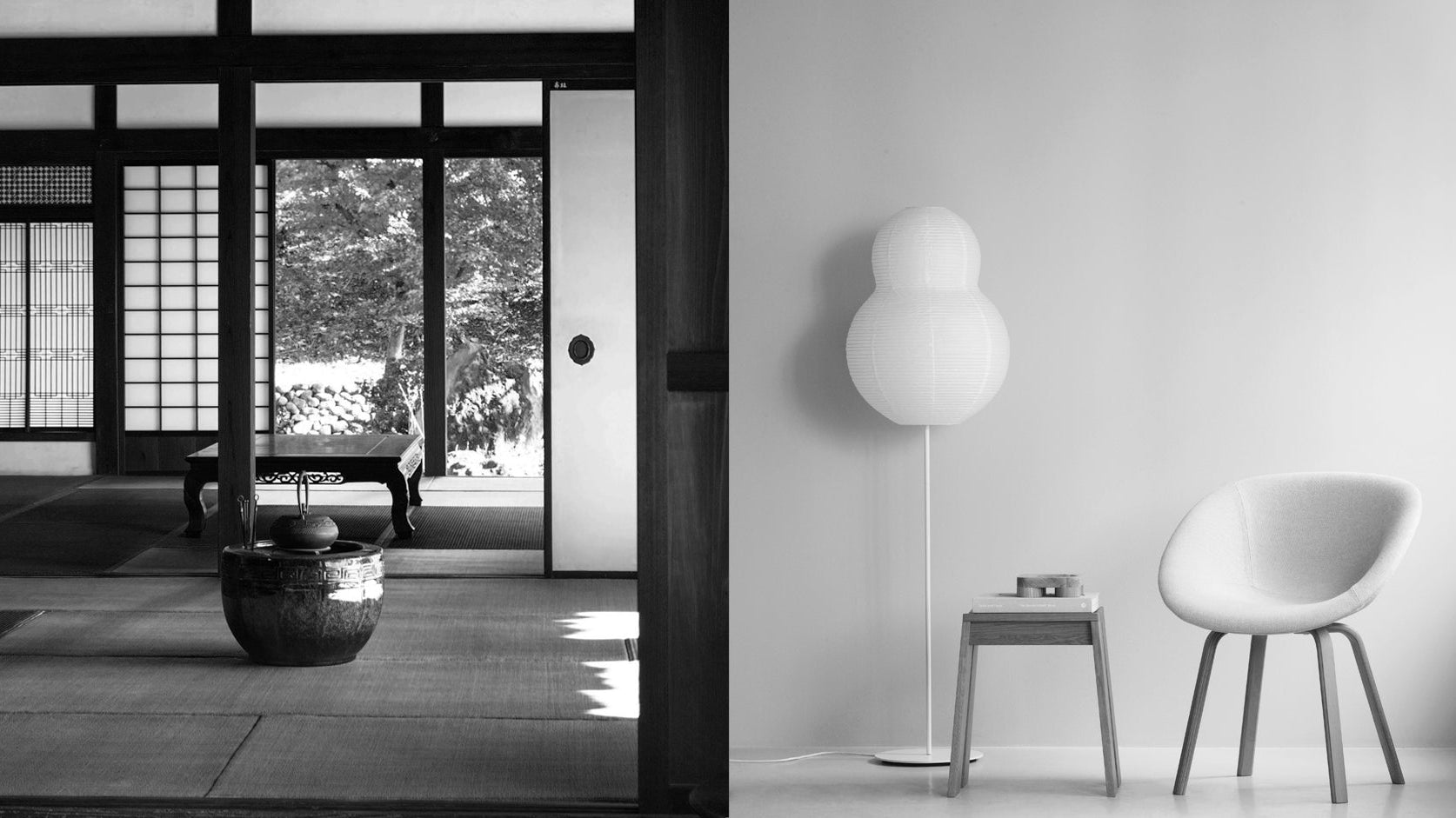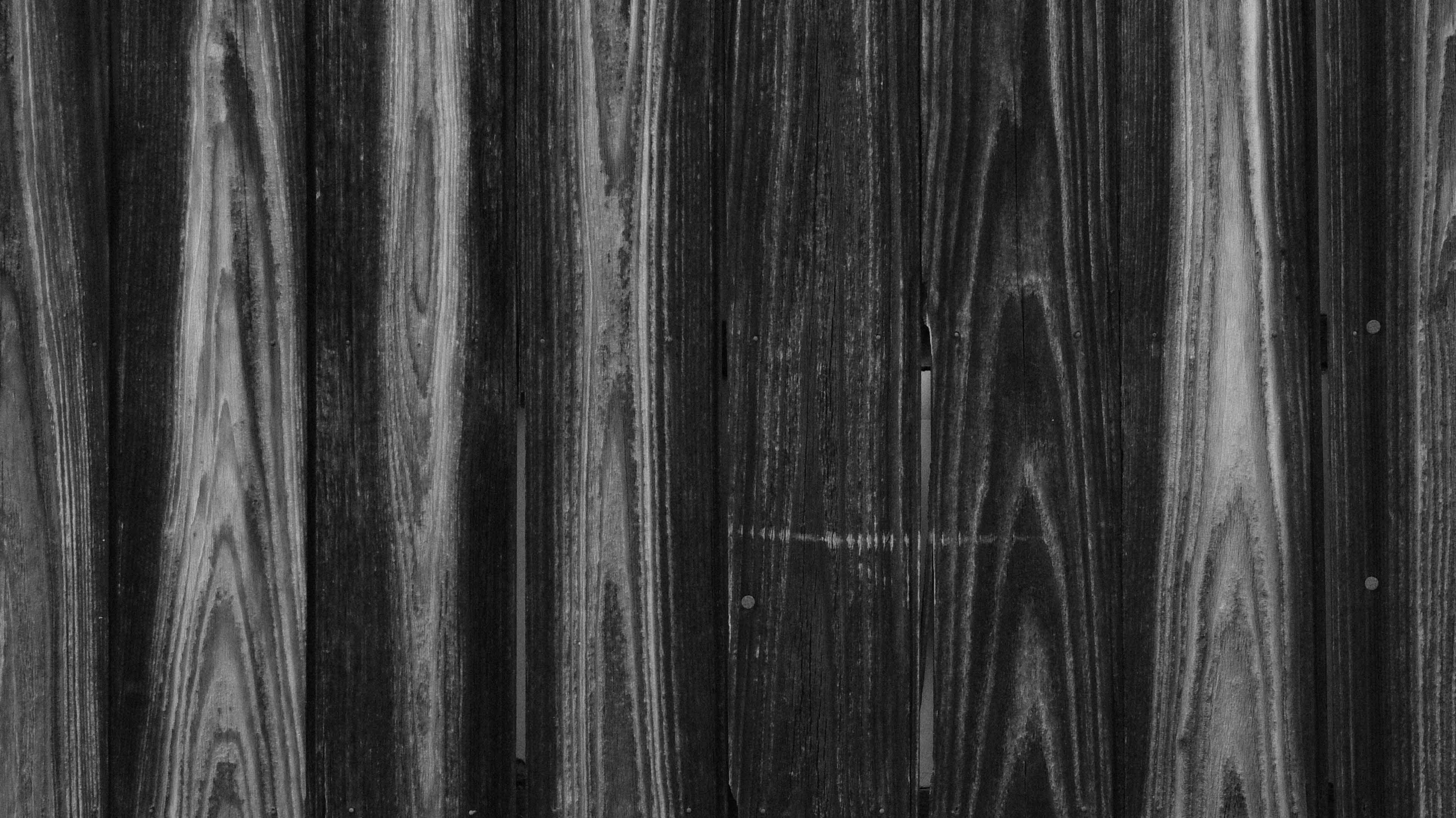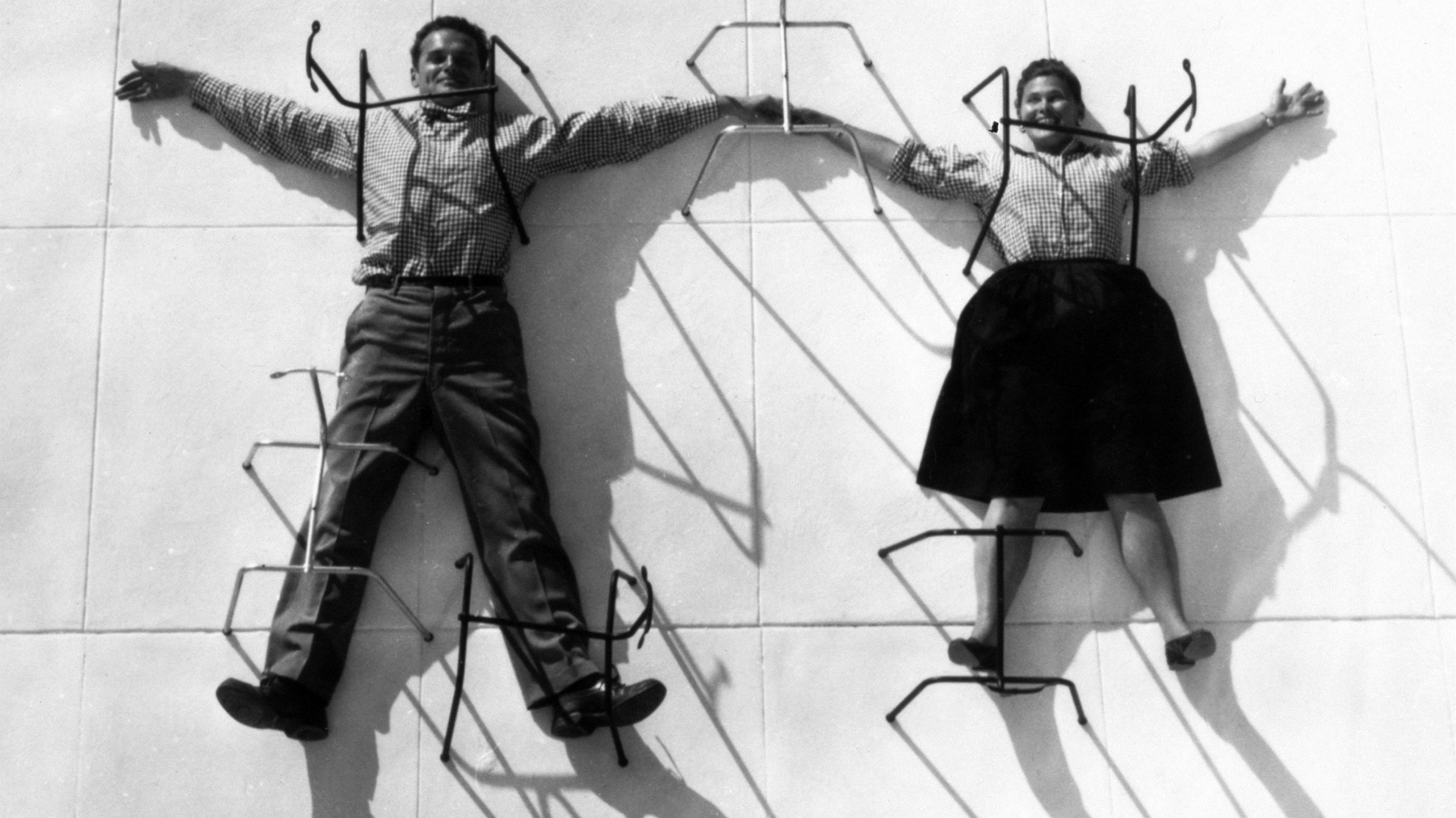You’ve probably heard of Wabi-Sabi—the Japanese aesthetic of imperfection and impermanence. It’s one of the most well-known concepts in Japanese aesthetics and has influenced art, design, and even lifestyle philosophies.
But did you know that Japan has a diverse world of aesthetics beyond Wabi-Sabi—ones that shape everything from traditional art and architecture to modern design and daily life?
Surprisingly, many of these aesthetic principles remain lesser-known outside Japan.
Today, let’s uncover three key Japanese aesthetic concepts that might just transform the way you see beauty. Whether you’ve heard of them before or not, we hope they give you a fresh perspective on the timeless philosophy behind Japanese aesthetics.

Photo Credit: Adobe Stock
1. Yūgen(幽玄): The Aesthetic of Mystery and Hidden Beauty
When we admire a flower, we see its delicate beauty in the present. But behind its graceful bloom lies a history—it has endured wind, rain, and snow. And no matter how beautifully it blossoms, it will eventually wither.
Its beauty alone moves us, but when we reflect on its past struggles and its inevitable fading, we feel something deeper—an emotion beyond what is visible.
This is the essence of Yūgen—an aesthetic that captures the beauty of the unseen, the depth beyond the surface.
What is Yūgen?
Among the many refined Japanese aesthetic concepts, Yūgen is perhaps the most difficult to define. It conveys a sense of profound mystery, hidden depth, and subtle elegance—a beauty that transcends words.
The term originated in Chinese Buddhist philosophy, where it described the profound mysteries of esoteric teachings. In Japan, Yūgen first appeared in classical poetry during the Heian Period (794–1185), reflecting an appreciation for the subtle and the elusive. However, during the Muromachi Period (1336–1573), Yūgen evolved into something deeper—an expression of mysterious grace and refined beauty in traditional Japanese arts like Noh theater, ink wash painting (Sumi-e), and waka poetry.
Yūgen in Life and Art
More than just mystery or elegance, Yūgen is an aesthetic that awakens the imagination and emotions. Rather than merely admiring what is in front of us, Yūgen invites us to sense what lies beyond the visible.
You might experience Yūgen when:
Watching a sunset, knowing its colors will soon fade into darkness.
Listening to music that stirs something unexplainable deep within you.
Standing before an ink wash painting, where shadows and empty spaces evoke something beyond the frame.
Why Yūgen Matters in Japanese Aesthetics
In Japanese culture, Yūgen is not about simply seeing—it is about feeling. It is the beauty of the hidden, the elegance of the unseen, and the wonder of the infinite. This concept continues to influence Japanese art, literature, and even modern design, making it a timeless aesthetic that extends far beyond its origins.
Photo Credit: Adobe Stock
2. Shibui(渋い): Finding Beauty in Simplicity and Restraint
Sometimes, beauty isn’t found in mystery or depth. Instead, it emerges in simplicity, in restraint, in the quiet sophistication of things that don’t demand attention—but slowly reveal their charm over time.
This is Shibui—a Japanese aesthetic that values understated beauty, refined simplicity, and quiet elegance.
What is Shibui?
Unlike Wabi-Sabi, which embraces imperfection, or Yūgen, which finds beauty in mystery, Shibui is about authenticity, balance, and quiet refinement.
The word Shibui originally described an astringent or slightly bitter taste—like unripe persimmons or strong green tea. These flavors aren’t immediately sweet or striking, but over time, they reveal a refined, complex depth.
This is the essence of Shibui—a beauty that does not seek attention, yet becomes more profound with time. Like an aged patina on metal or the deepening grains of a wooden beam, Shibui reveals itself gradually, offering timeless elegance.
Shibui in Japanese Art and Design
The aesthetic of Shibui values subtle, silent beauty. A person, a performance, or an object can be Shibui—authentic and appealing without excess or decoration.
In Japanese art and design, Shibui blends nature with everyday life. You can see it in:
The grain of a wooden post, worn smooth over time.
The uneven texture of a handcrafted tea bowl, inviting touch and appreciation.
The solitary blossom in an Ikebana arrangement, standing in quiet harmony.
One of the best examples of Shibui can be found in Japanese pottery.
Unlike smooth, polished ceramics, traditional Japanese tea bowls often feature rough textures and muted glazes. They are not meant to be perfect but to age beautifully with use.
The more you hold them, the more you notice—the subtle variations in color, the organic feel of the clay, the quiet elegance in their form.
Why Shibui Still Matters Today
In a world where trends change quickly and where everything demands instant attention, Shibui reminds us that beauty doesn’t have to be loud.
It teaches us that:
Elegance is in restraint.
Simplicity holds more depth than excess.
The most beautiful things aren’t those that shout for attention, but those that reveal their true character over time.
Shibui isn’t about what tries to impress you—it’s about what stays with you.
It’s the kind of beauty that lingers in your mind long after the moment has passed.

Photo Credit: Adobe Stock
3. Mono no Aware (物の哀れ): The Japanese Aesthetic of Impermanence
The last Japanese aesthetic we’d like to share is Mono no Aware (物の哀れ). Often translated as "the pathos of things," it is the idea that beauty is found in fleeting moments—those destined to fade.
What is Mono no Aware?
Mono no Aware is one of the key literary and aesthetic concepts essential to understanding Heian-era court literature. It later became a fundamental part of Japanese aesthetics, influencing art, poetry, and cultural sensibility.
At its heart lies impermanence (無常)—the understanding that nothing lasts forever. Everything is constantly changing, and this awareness defines Mono no Aware.
Mono no Aware in Japanese Culture
In Japanese culture, nature doesn’t change to fit human desires. Instead, people learn to move with its rhythm, embracing the fleeting beauty of the seasons.
That’s why Mono no Aware is not just about love or human relationships—it is about how we experience beauty in the natural world:
When we admire cherry blossoms in full bloom, we cherish their beauty because we know they won’t last. Their fragility makes them even more precious.
When we see autumn leaves falling, we feel both admiration and a quiet sadness, knowing they signal the passing of time.
Mono no Aware in Everyday Life
Mono no Aware is not just an abstract idea—it is something we feel in daily life:
In the warmth of a summer evening, knowing autumn will soon arrive.
In turning the last page of a book you don’t want to finish.
In the quiet after a long conversation with an old friend.
In looking back at a moment, knowing you can never return to it—but feeling grateful that it happened.
This is Mono no Aware—the beauty of life’s fleeting moments and the emotions they leave behind.
Read More Art Articles:
• Kintsugi: Finding Beauty in the Art of Repair
• Ikebana: The Art of Japanese Flower Arrangements
• What is Wabi Sabi? Embracing the Beauty of Imperfection
• Ma: The Japanese Aesthetic of Negative Space and Time
About Us
Dans Le Gris is a brand that began with everyday jewelry, with each handmade piece designed and crafted in Taiwan. We deeply value every detail, dedicating ourselves to creating timeless pieces through collaboration with experienced craftsmen.
In our journal, we provide irregular updates featuring articles about art, culture, and design. Our curated content encompasses diverse aspects of life, with the aspiration to offer meaningful insights and inspiration.






